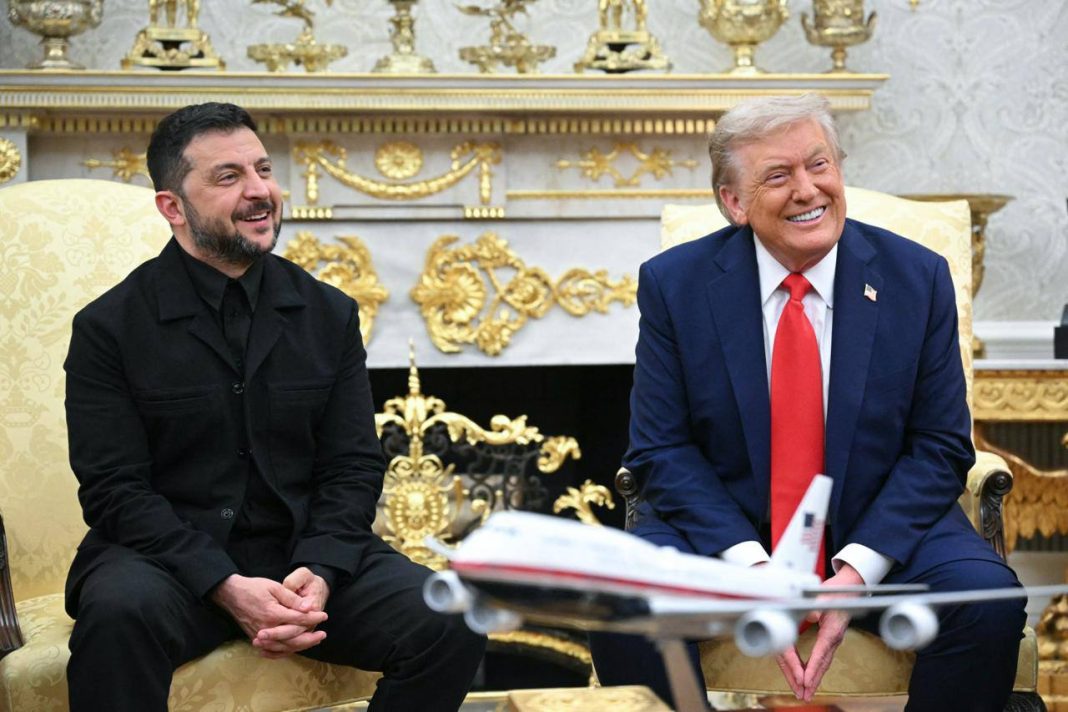Iraqi authorities have initiated the excavation of a mass grave site near Mosul, known as Al‑Khasfa (or Khasfa), believed to contain the remains of thousands of individuals executed by the Islamic State (ISIS) during its occupation from 2014 to 2017. The operation is being conducted in collaboration with the judiciary, forensic teams, the Martyrs’ Foundation, and the Directorate of Mass Graves.
Al‑Khasfa is a sinkhole approximately 150 meters (nearly 500 feet) deep and 110 meters (360 feet) wide, thought to be among the largest mass grave sites in modern Iraqi history. Initial estimates suggest at least 4,000 victims, and some projections by local officials indicate the number may reach 15,000 to 20,000.
The excavation is currently confined to recovering visible human remains and surface-level evidence. A full-scale exhumation awaits specialized international support, due to the site’s perilous conditions—sulfuric water, porous soil, and unexploded ordnance complicate efforts.
Once remains are retrieved, teams plan to build a DNA database, collecting samples from families to help ensure accurate identification. This process reflects an effort to provide closure to the victims’ families.
According to lawyer Rabah Nouri Attiyah, around 70% of the fatalities are likely from Iraqi security personnel, alongside Yazidi and Shiite victims. Many survivors recounted how ISIS fighters transported victims by bus to the sinkhole, where executions—sometimes by decapitation—were carried out.
Such excavations are a part of Iraq’s broader strategy to confront the atrocities of recent decades. The country has exhumed hundreds of mass graves tied to Saddam Hussein’s regime and ISIS-era crimes. Since 2008, forensic teams have identified and opened numerous graves across the region, with UN involvement aiding documentation and accountability.




